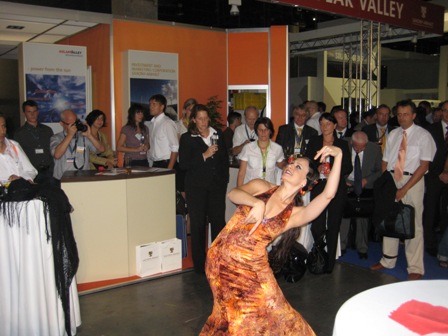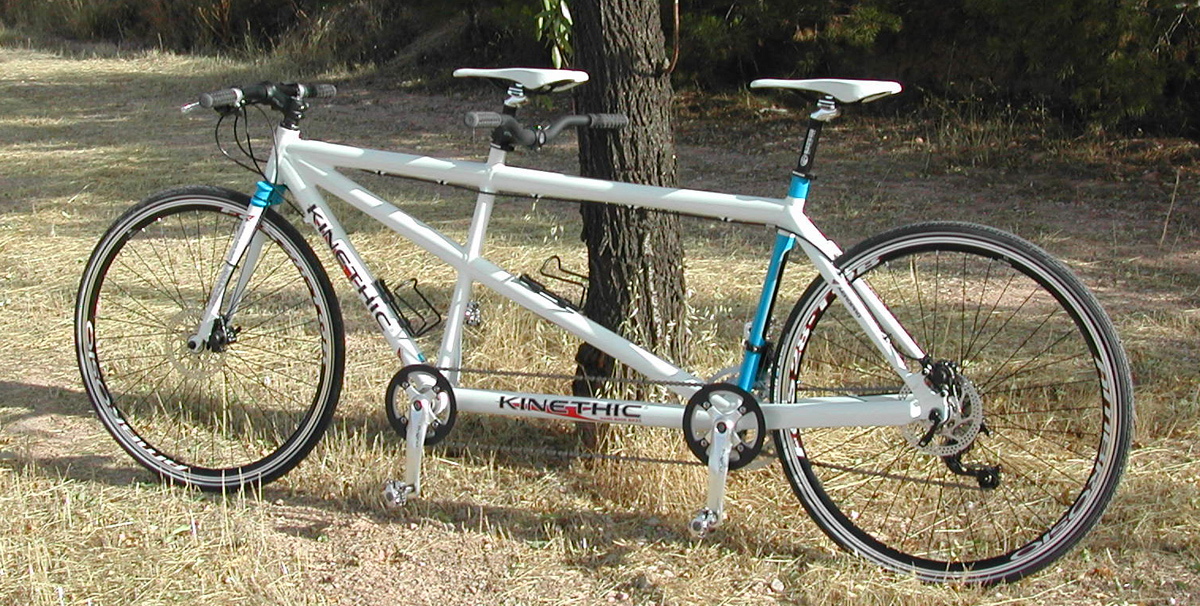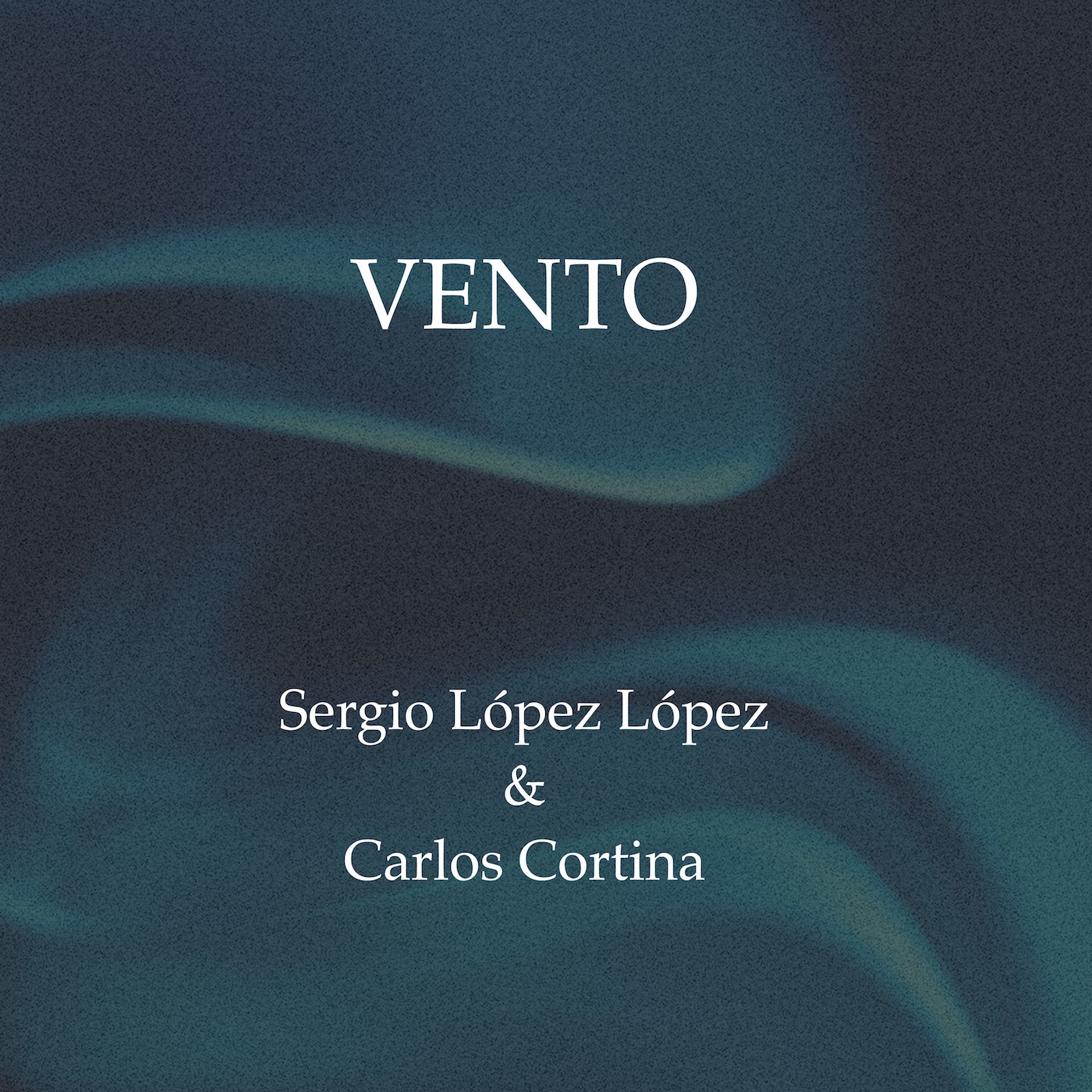The Return of The Return of The Magnificent Seven
All the up to date information about this and other English language movies and series made in Spain, can be found at www.moviesmadeinspain.com
The Magnificent Seven, starring Yul Brynner and Steve McQueen was undoubtedly one of the most memorable westerns ever made. Its follow up, ‘The Return of the Seven’, also with Yul Brynner, was actually made in Spain, as was a further ‘cashing in’ film, ‘The Guns of the Seven’, this time with George Kennedy in the role of Chris, the mercenary with a heart of gold and a shirt of black.
The Return of the Seven follows the same plot as the original, with Chris recruiting the other six in scenes shot around Madrid at Colmenar de Oreja and Nuevo Baztán, although when the Seven reach the village and liberate the Mexican peasants at the price of reducing their magnificent number, the action took place at the town of Agost, near Alicante.
Two Mexican village sets were built near Agost in Alicante province in the Serra del Castellar and the Serra de Los Tajos, and rubble and bits and pieces of the set can still be seen in the area.
The main Mexican ‘pueblo’ was situated near the Puente (bridge) de la Palmera (of the palm tree) and the waterwheel for the laundry scene in la Barranca (gulley) de Pina.
Yul himself participated in a bullfight in Alicante, along with the bullfighter Curro Romero, in order to raise funds for the elderly. Brynner also helped raise 65,000 pesetas towards the building of the local school, La Milagrosa, situated in Carrer Joan XXIII.
On July 9th 2011 the Town Hall of Agost organised the first Commemoration of the film’s making, with visits to the locations of the film, a meeting with local people who participated in the shooting, and a public viewing of The Return of the Seven in the town’s open air auditorium.
One important location, just two kilometres outside Agost on the road to Novelda on the left hand side, is the Bodega La Escandella, where the owner Delfina Marco, allowed the film makers to use her property for two weeks while shooting the cockfight and other interior scenes.
The barrels from the cockfight scenes are still there, as is a lot of Agost’s famous pottery, which is prominent throughout the film, but especially when Yul Brynner is hatching his plans to rescue the Mexican peasants.
The stairs through which Brynner and Robert Fuller enter were in fact a prop, although the stage on which the fight took place is still there, as is a sign from the production.
Bartolomé Canto Diaz remembers many details from the film, as he was one of several boys with the unenviable task of carrying water from the village to the two Mexican village sets, built just outside the town. Not much is left to see of the villages, although Bartolomé took us over a hill to find the location of the campfire scene, where Yul and his compadres rest overnight on their way to face insurmountable odds.
Bartolomé’s sister Maria Dolores is a local history teacher who has started collecting photographs and mementoes from the 1966 production and is in contact with many residents of Agost who witnessed the filming.
One witness who was in the middle of the shooting is Encarna Montoya, who was the double of Elisa Montés, ‘Petra’ in the film. Encarna has a Stetson full of anecdotes, and particularly remembers when she fell off the donkey onto the gipsy boy who accompanied her to find Chris, and whose parents were less than pleased.
In fact the Mexican peasants were mostly gipsies from Alicante who were bussed in every day, and according to Delfina Marco, were watched carefully by the Guardia Civil between takes.
The first village is easily recognisable because of the cone-shaped ‘Castell de la Murta’ mountain in the background.
The site of the nearby second village is similarly empty, as is the gully where the waterwheel and laundry scenes were shot at the beginning of the film.
Fernando Rey’s presence in the town was much appreciated during the three months filming, especially when he pointed out to the locals that they could ask for many more Yankee dollars if they wished from the film makers.
He himself paid Bartolomé 100 pesetas to wash his car, when the weekly wage at that time was only 150 pesetas.
Villages all over Spain have similar stories to tell, of when Hollywood stars dropped in to turn their sleepy town into something magical for a few brief weeks.
Valencia International Editor Bob Yareham is the author of Movies Made in Spain, a web site and project featuring more than 900 English language films and TV series:




















Recent Comments